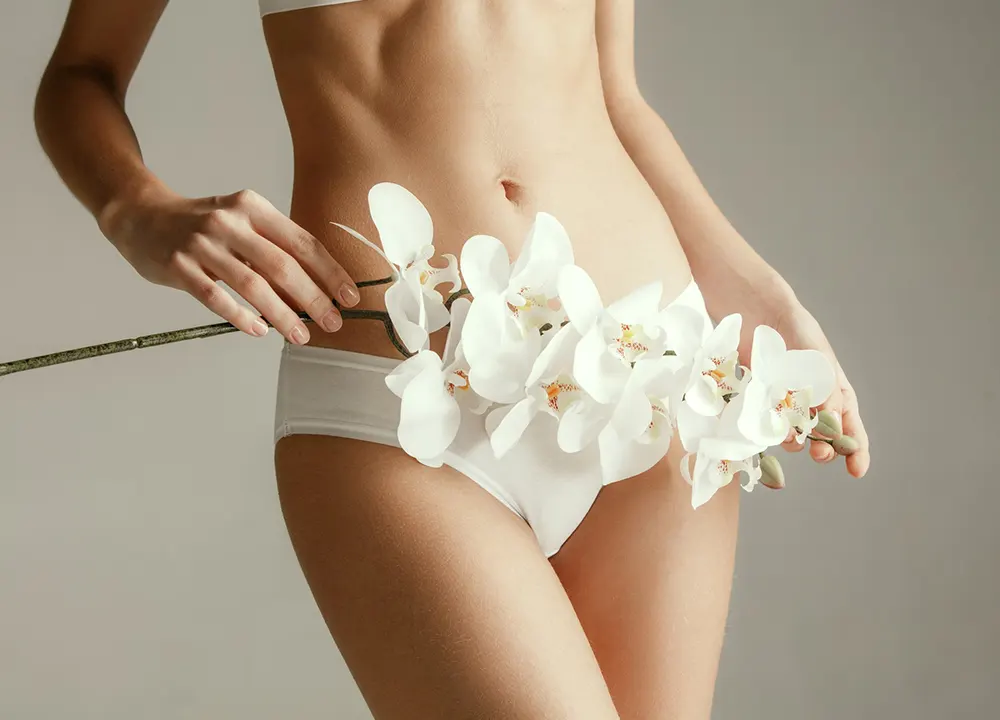- Call Today +90 537 762 59 24
- Open Hour Open 24 Hours

Genital aesthetic procedures encompass a diverse range of both surgical and non-surgical interventions designed for the external genital area and/or vagina to address cosmetic concerns, structural irregularities, or functional issues. Tailored to individual characteristics, expectations, and medical necessity, these procedures aim to enhance the appearance of external genitals, correct structural anomalies, alleviate personal discomfort, improve sexual function, and enhance psychological well-being.
Labiaplasty, a frequently chosen genital aesthetic surgery, focuses on surgically reducing and achieving symmetry of the labia minora. This procedure addresses issues related to the size, asymmetry, or sagging of the inner labial lips. Genetic factors, hormonal effects during adolescence, aging, menopausal estrogen deficiency, childbirth, and other factors can contribute to conditions such as large, asymmetrical, or sagging labia minora, impacting both appearance and function. Labiaplasty effectively addresses these concerns by reshaping and shortening the labia, providing relief from discomfort and improving aesthetic outcomes.
Labiaplasty is a surgical procedure designed to address aesthetic or functional concerns within the female genital region. The labia, comprising the outer labia majora and the inner labia minora, can undergo alterations due to various factors. Labiaplasty primarily involves reducing the size of the inner labia, but may also include interventions to resize or reshape the outer labia.
Labiaplasty is recommended for various reasons, including dissatisfaction with genital appearance, which can lead to emotional stress, low self-esteem, and sexual problems. Large or sagging labia minora may cause irritation, chronic infections, and hygiene issues, affecting daily activities and causing discomfort. Difficulties experienced during sexual intercourse, embarrassment, decreased sexual pleasure, and asymmetry in the labia are additional reasons for considering corrective surgery.
Labiaplasty is typically performed under anesthesia, with the choice of anesthesia method depending on the surgical procedure and the patient's condition. Excess labial tissues are skillfully removed, and the areas are meticulously repaired to achieve a symmetric appearance. The selection of the appropriate technique is based on individual anatomy and expectations.
Hospitalization is usually unnecessary, and patients can be discharged after approximately 6 hours of post-operative observation. Rest for 2-3 days is generally recommended, with exercise and sexual activity postponed for 4-6 weeks.
Consequences of Not Undergoing Labiaplasty When Needed:
Beyond labiaplasty, various other genital aesthetic surgeries cater to different concerns:
In addition to surgical interventions, non-surgical procedures have gained prominence, offering alternatives and addressing specific concerns:
Let's take a look at frequently asked questions about Labiaplasty
Yes, non-surgical interventions such as laser treatments, PRP applications, and fillers are available for aesthetic and non-aesthetic purposes.
Laser can be used in labiaplasty for tissue removal or to tighten the outer lips.
Genital aesthetic procedures are generally suitable for those aged 18 and without serious health conditions. Psychiatric body image disorders should be ruled out for purely aesthetic concerns.
No, labiaplasty does not result in loss of sensation; instead, it can improve sexual function and satisfaction.
Sexual activity is usually recommended after 4-6 weeks of recovery.
Temporary swelling is normal post-surgery, gradually decreasing during the healing process.
Self-dissolving stitches are typically used, and wounds heal within a week, with stitches falling out spontaneously around the 2-3 week mark. Proper techniques minimize scarring.
© 2026 Copyright by Private Koru Hospital. All rights reserved.
